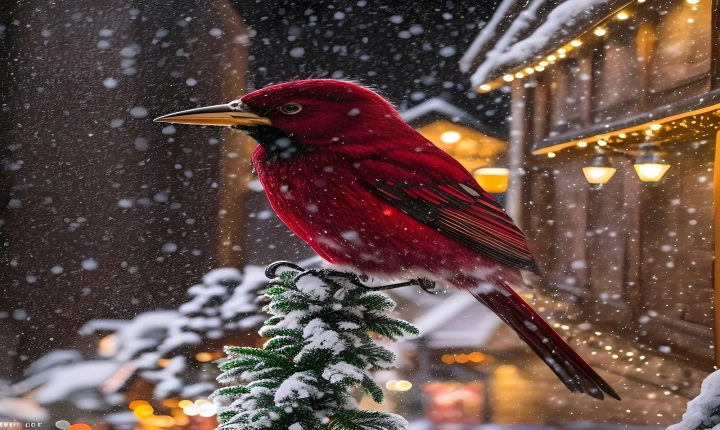Title: Exploring the World of AI-Generated Images: A Guide to Generating Realistic and Creative Visuals
Artificial Intelligence (AI) has made significant advances in many fields, including image generation. With the help of AI algorithms, it is now possible to create stunning and realistic images that were once only possible through human creativity and skill. In this article, we will explore the world of AI-generated images and provide a guide on how to generate your own captivating visuals using AI technology.
Understanding Generative Adversarial Networks (GANs)
One of the most popular techniques for AI image generation is through the use of Generative Adversarial Networks (GANs). GANs consist of two neural networks, the generator and the discriminator, which work in tandem to produce high-quality and realistic images.
The generator network creates new images based on random input, while the discriminator network evaluates these images and provides feedback to the generator. Through an iterative process, the generator learns to create more realistic images while the discriminator becomes more adept at differentiating real images from generated ones.
Training the GAN involves feeding it a large dataset of images, enabling it to learn the features and patterns present in real-world images. Once trained, the GAN can produce images that closely resemble those in the training dataset, but with a touch of creativity and originality.
Using Pre-trained Models and Tools
For those interested in experimenting with AI-generated images, there are various pre-trained models and tools available that make the process more accessible. Platforms such as OpenAI’s DALL·E and NVIDIA’s StyleGAN provide intuitive interfaces and pretrained models that allow users to generate images without extensive knowledge of machine learning or neural networks.
These tools often come with user-friendly interfaces and a wide range of options for controlling the image generation process, such as specifying the content, style, and other parameters. Additionally, they offer the ability to fine-tune the generated images to match specific artistic preferences or visual themes.
The Creative Potential of AI Image Generation
AI-generated images have the potential to inspire creativity and push the boundaries of visual art. Artists, designers, and creators can leverage AI technology to generate visuals that serve as a starting point for their own work, providing a unique blend of human and machine creativity.
Furthermore, AI-generated images can be used in various practical applications, such as generating mockups for design projects, creating visual assets for websites and marketing materials, and even assisting in architectural and interior design visualizations.
Best Practices for AI Image Generation
When using AI to generate images, it’s important to consider ethical and legal implications. Care should be taken to ensure that the use of AI-generated images does not infringe on copyright or intellectual property rights. Additionally, it’s essential to be transparent about the use of AI in image generation, especially in cases where AI-generated visuals are used for commercial purposes.
Moreover, it’s crucial to critically evaluate the output of AI-generated images and, if necessary, refine or tweak the results to align with the intended creative vision. While AI algorithms are capable of producing impressive visuals, human judgment and artistic input are still crucial in the creative process.
In conclusion, AI image generation offers a wealth of opportunities for creating compelling and innovative visuals. By understanding the underlying technology, utilizing pre-trained models and tools, and upholding ethical and creative considerations, individuals and organizations can harness the power of AI to produce captivating and original images that push the boundaries of visual art. With continued advancements and accessibility in AI technology, the world of AI-generated images is sure to flourish, opening new avenues for creativity and visual expression.
